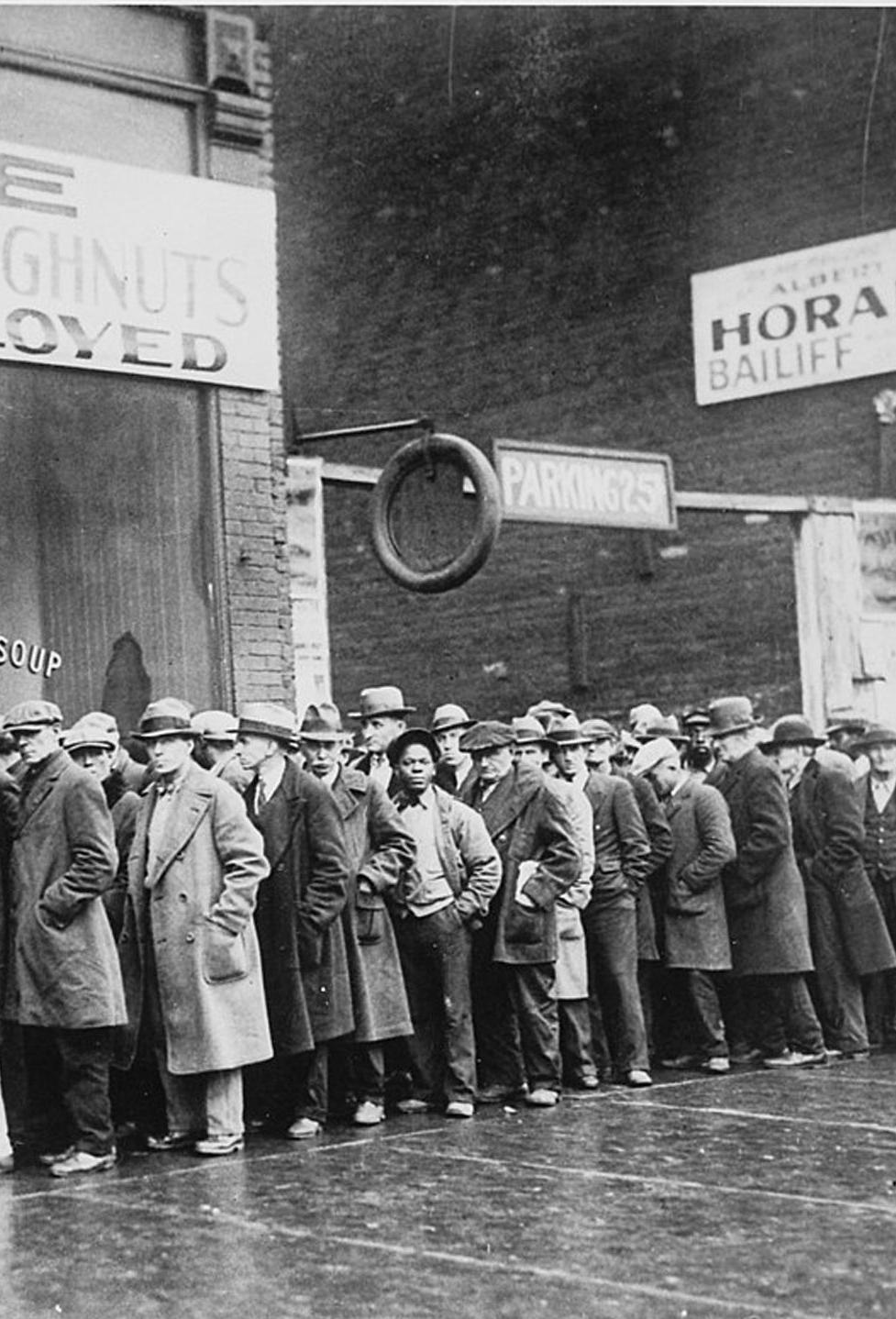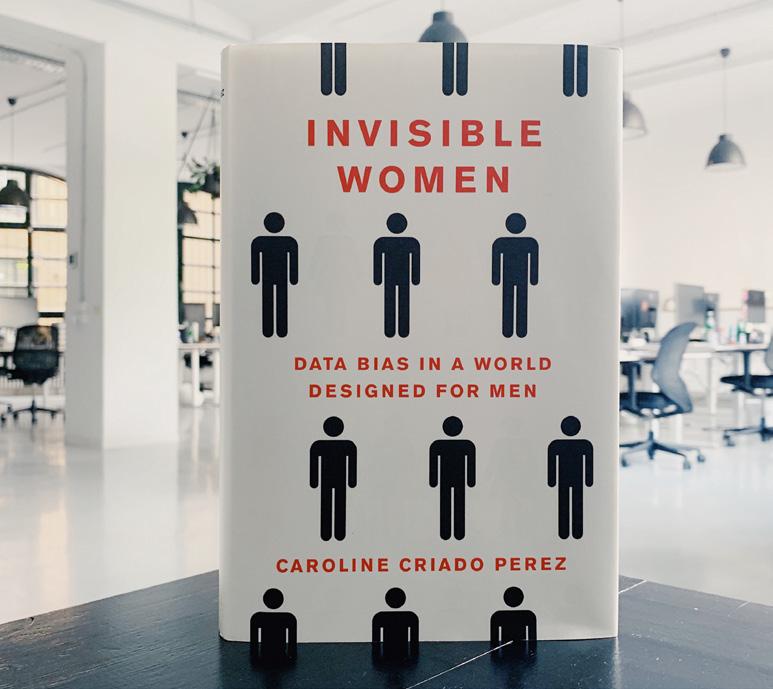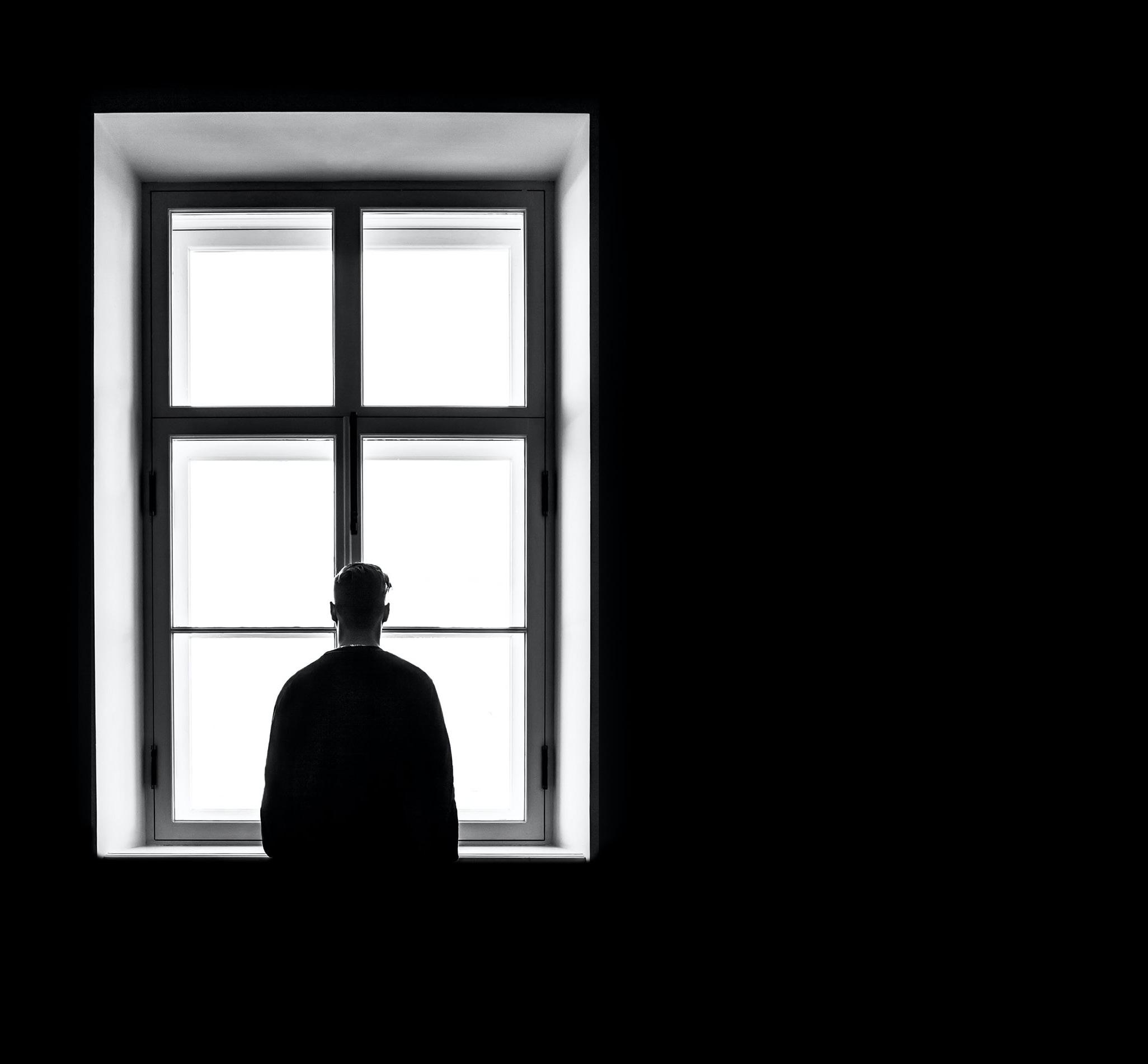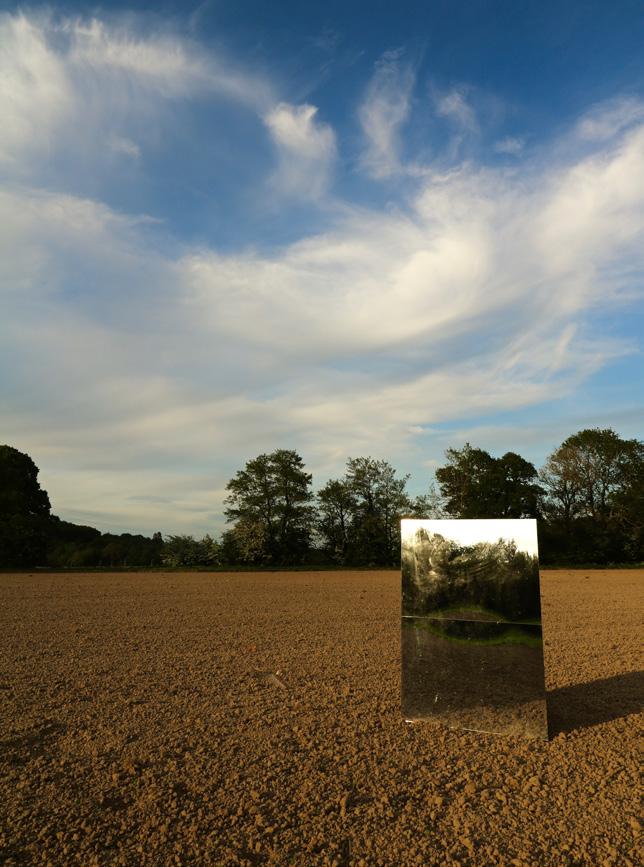
9 minute read
COVID-19’s Economic Impact Mirrors The Great Depression Alex Bradshaw
Alex Bradshaw YEAR 12
COVID-19’s Economic Impact MIRRORS thegreat DEPRESSION
The Great Depression of 1929 was the worst economic downturn in history. Lasting more than a decade it had many long-lasting consequences and certainly contributed to the outbreak of the Second World War. By 1933, US unemployment was at 25% and more than 5,000 banks had gone out of business. However, in 2020, with unemployment rates soaring globally, and over 100 countries in either a full or partial lockdown, many are debating whether the economic effects of the recession being caused by COVID-19 are on par with, or if not worse than, those of the Great Depression. In this article, I am going to outline and compare the causes and impacts of each economic disaster and explain to what extent the economic impact of COVID-19 has mirrored the Great Depression.
The causes of the Great Depression can be broken into two factors - what started it, and why it spread beyond the USA so quickly. During the 1920s in America, as stock prices rose to unprecedented levels, investing in the stock market seemed to be an easy way to get rich and many people used much of their disposable income or even mortgaged their homes to buy stock. By the end of the decade hundreds of millions of shares were being carried on margin, meaning that their purchase price was financed with loans which would be repaid with profits generated from ever-increasing share prices. This bubble burst in October 1929, millions of overextended shareholders fell into a panic and rushed to liquidate their holdings, further accelerating the decline and creating further panic - this has come to be known as the Wall Street Crash.The economic decline in nonUS countries was then driven by their adherence to the gold
Unemployed workers outside a soup kitchen, 1931 (source: PBS)
standard. The gold standard was a monetary system introduced whereby a country's currency has a value directly linked to that country’s gold reserves. As the United States experienced declining output and deflation, it ran a trade surplus with other countries because Americans were importing less and exporting relatively cheaply. This created significant foreign gold outflows to America, which in turn threatened to devalue the currencies of the countries whose gold reserves had been depleted. In order to counteract the trade imbalance, and prioritising gold reserves, central banks raised their interest rates to encourage saving, which had the effect of reducing domestic output and increasing unemployment in their countries resulting in an economic decline on an international scale.
COVID-19 mirrors the Great Depression as it too started in one country, and then spread around the globe. Over recent decades, countries have become more globalised. They have

invested in better transportation, focussed on better relations with other countries, and built up supply chains around the world.Due to their vast access to labour and materials, many supply chains started in China. After COVID-19 started the Chinese government took necessary precautions in an attempt to stop the spread of the virus. However, the coronavirus still spread quickly through the country which in turn prompted a widespread response in China, meaning many could not leave their homes, the new year holiday was extended by 14 days and all but essential travel into the country was banned. This had a major impact on the Chinese economy taking it from one of the most rapidly expanding economies to one of the quickest declining economies in the world. The economic impact then spread internationally driven by two factors. First, lockdown in China reduced labour supply, and started to affect international supply chains which tend to operate on low levels of stock, and deliveries arriving just in time. This impacted on economies around the world, as the production pause in China began to reduce supply of, and therefore increase the price of products globally. Second, governments around the globe have rapidly entered into lockdown to deal with the public health issue, but with a less clear impact on their economies. Most national governments have recognised their primary function is to protect life, but failed to recognise that the economy sustains life. There has been a general consensus to follow the Chinese lead, and initiate lockdown procedure in many countries asking many workers to stay at home. This, in particular has led to a massive economic slowdown with countries closing their borders, stopping international travel and restricting the amount of international business. However as it is now becoming apparent that the opportunity cost of lockdown is ever increasing as lockdown continues, leaders such as Donald Trump and Angela Merkel are pushing to relax, or totally lift, lockdown measures.
Between September and November of 1929, stock prices fell 33%. The result was a profound psychological shock and a loss of confidence in the economy among both consumers and businesses. Consumer spending and business investment were drastically curtailed. This led to reduced industrial output and job losses, which further reduced spending and investment. As consumer spending and investment make up 61% and 15% of Aggregate Demand (AD) respectively, the fall in both created a severe reduction in AD and hence economies drastically declined. Unemployment caused a huge problem. As much as one quarter of the labour force in industrialized countries was unable to find work in the early 1930s which created an air of hopelessness and despondency from citizens in an era before state welfare systems. In the US, this led to labour union memberships doubling between 1930 and 1940. Businesses were also not able to pay wages, so the levels of unemployment further soared while wage levels declined massively. This led to a huge drop in standard of living and an increase in human suffering as many were not even able to afford food. Furthermore, this mass unemployment meant that many countries were operating well below their full capacity, as they were not able to utilise their entire workforce. Internally, this pushed up prices and added to the rapidly expanding problem of poverty; however, operating below full capacity was most obvious when between 1929 and 1933, global industrial production fell by nearly 47% and GDP declined by up to 15% worldwide. In the long term the Great Depression also changed the world economy in crucial ways. Most obviously, it accelerated, if not caused, the end of the Gold Standard. Although a system of fixed currency exchange rates was reinstated after World War II under the Bretton Woods
system, the world never accepted that system with the conviction much they would become unmotivated and stop searching for they had brought to the gold standard. By 1973, fixed exchange work. They also worried that relief expenditures would be too rates had largely been abandoned in favour of floating rates burdening on a country's finances as countries such as the US which are mainly used today. Government regulation of the were already spending significant sums on financial support and economy, especially of financial markets, increased significantly. therefore were not very forgiving when handing out relief such The United States, for example, established the Securities and as the dole, only giving to the people who needed it most. Exchange Commission (SEC) in 1934 to regulate new stock The economic crisis caused by COVID-19 has had a much issues and stock market trading practices. The central role of larger intervention. After the Great Depression John Maynard reduced spending and monetary contraction in the Depression Keynes suggested that “increases in government spending, tax led British economist John Maynard Keynes to develop the cuts, and monetary expansion could be used to counteract ideas in his General Theory of Employment, Interest, and Money (1936). depressions”. Countries around the globe are fighting to get
So are these impacts likely to be mirrored as the COVID-19 their economies back on track. Some governments are providing situation unfolds? So far COVID-19 has had massive bonus packages in order to keep businesses afloat. This would consequences on global economic activity, and there is reduce unemployment and put cash in people's pockets which still uncertainty as to how long this will continue. Just like could then be put back into the economy. The USA has given the Great Depression, COVID-19 has had huge effects on each citizen $1200 in a hope this will boost AD and initiate unemployment, with rates at record highs, and some countries economic growth. Interest rates have dropped in an attempt such as the UK introducing schemes such as furloughing. The to disincentivize saving, boost consumer spending and hence USA has reached an unemployment figure of boost AD resulting in economic growth (or a almost 20%, and climbing. This is reminiscent of reduction in economic slowdown). Finally, some the 25% unemployment figure during the Great THE ECONOMIC countries have started to print money. The effect Depression. The first effect that unemployment CRISIS CAUSED of this would be to put money back into the has on the economy is on its productivity. As the BY COVID-19 economy, however, a secondary risk would be economy is operating well below its full capacity, HAS BEEN MET huge amounts of inflation. This could devalue the countries will not be as productive, therefore WITH GREATER currency, however according to the Phillips curve, there will be a contraction in short run aggregate GOVERNMENT it should also reduce unemployment as it states supply. However, some feel that home workers are INTERVENTION. that inflation and unemployment have a stable more productive than traditional away-from-home and inverse relationship. workers, and a decrease in factors such as travel To conclude, COVID-19 has very closely times will counteract the decreasing productivity. We have also mirrored the economic effects of the Great Depression so seen a decrease in growth to negative levels. This is because far. This is shown by the causes - both economic crises have unemployment is reducing business investment, and consumer started in one country, and then continued on to have a global spending due to a lack of confidence in the economy. However effect, and their effects - causing high levels of unemployment some believe that the huge increases in government spending which then massively affects growth and productivity of will help compensate for this negative growth. countries around the world. However, I do not believe that the
Government intervention during the Great Depression was COVID-19 economic crisis will be as severe as that of the Great very limited across the world. The USA introduced a land Depression, as governments are more experienced and prepared settlement program which had a promising start, but eventually for financial crises than ever before, and with the knowledge ended in failure. Under this program, the government helped of many renowned economists are creating new monetary and families establish farms, raise animals, and build communities in governmental policies in order to counteract this recession. various uninhabited parts of the country. The intention was for Furthermore, technological advances since the 1930s have people to eventually support themselves off of the land and pay allowed us to continue to work from home via the internet - back the government’s investment. Many countries introduced an option that was not available during the Great Depression. a dole. The dole was a small amount of support the government In my opinion, despite many countries possibly being stuck in distributed to the poor and unemployed. It provided for only lockdown for more than a year I believe strongly that the global about half of a person’s nutritional needs. However, all help was economy will bounce back from this crisis more quickly than in limited as the government feared that if they gave people too the 1930s.










